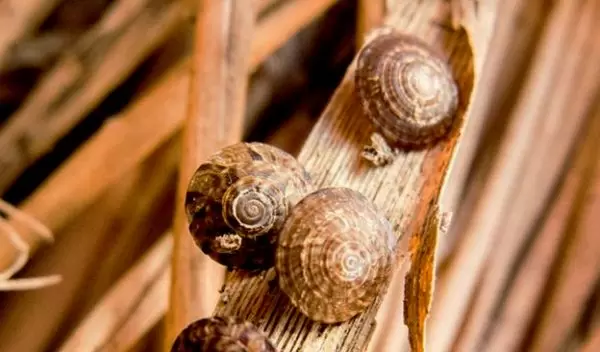
Remote Hawaiian island harbors last land snails of their kind
The island of Nihoa, a slice of jagged rock that juts out of the Pacific Ocean, is the sole refuge for a rediscovered species of native Hawaiian land snail previously presumed to be extinct.
First recorded in 1923, Endodonta christenseni lacked a scientific name and description until now. It is likely the last remaining species in the Endodonta genus. The other 11 species were collected and described more than 100 years ago and today are known only from museum specimens.
A U.S. National Science Foundation-funded team of researchers from the Bishop Museum and the Florida Museum of Natural History found the snail during a survey of more than 1,000 sites across the Hawaiian Islands. An article describing the species was published in the journal Bishop Museum Occasional Papers.
The scientists warn that, without protection, the species could vanish within a decade, erasing a lineage that existed for millions of years and the stories it could tell. Giving E. Christenseni a name is an essential first step to conserving its remaining population, the researchers said.
"This kind of work forms the foundation for all conservation efforts," said lead author Kenneth Hayes of the Bishop Museum. "The gap in knowledge about biodiversity, which is especially severe for understudied and highly threatened groups like snails and insects, prevents effective research needed to inform conservation actions."
Land snails in the Pacific islands have suffered more recorded extinctions in the last 400 years than any other group of animals, with declining numbers linked to habitat destruction, invasive predators and climate change. While Hawaii has lost more than half its land snail species -- once more than 750 species strong -- researchers have recorded nearly 300 species widely assumed to have vanished long ago, including E. Christenseni.
"The results from these extensive surveys give us hope that there are still many species left that can be saved," said Norine Yeung, malacology curator at the Bishop Museum and a co-principal investigator of the study. "But we need to act quickly and decisively if we are to beat the extinction clock that ticks louder with each passing day."


